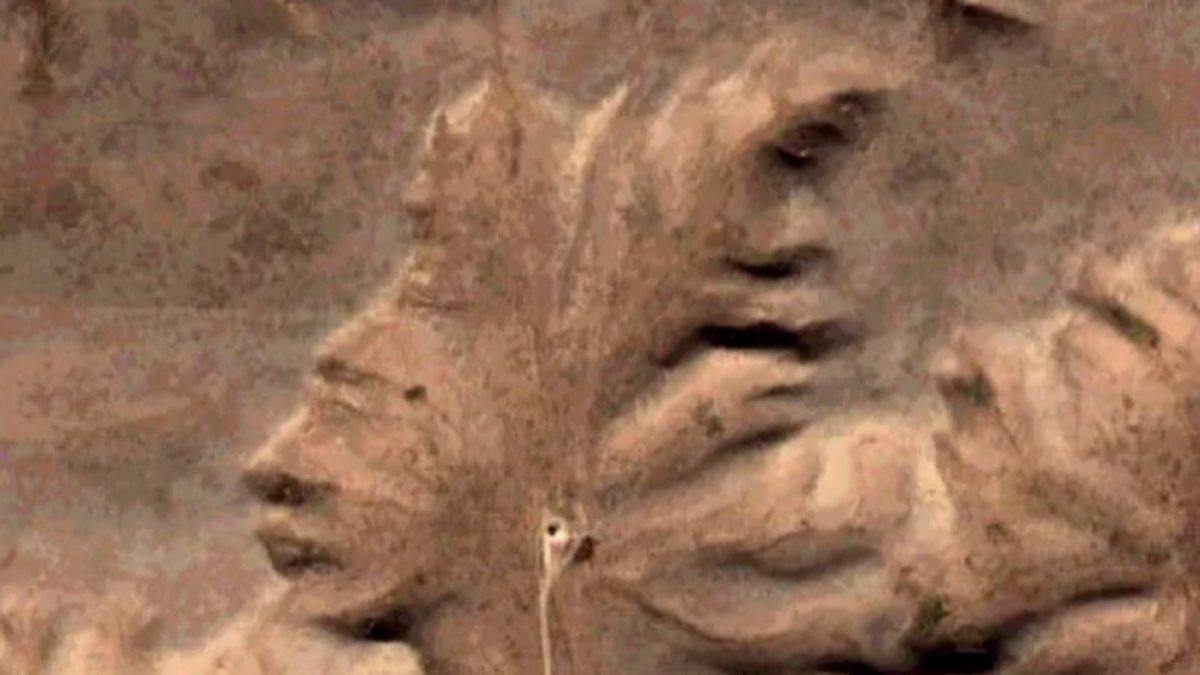

Viewed from the air, the feature bears a strong resemblance to a human head wearing a full native American headdress, facing directly westward. No one believes that the feature was created by humans, but it is the result of natural processes. The Badlands Guardian is a geomorphological feature located near Medicine Hat in the south east corner of Alberta, Canada. The erosion left gullies and channels that have by complete chance formed the image of the Indian head if seen from a great height. The geological feature was produced several hundred years ago or more, probably because a fierce storm unleashed flooding and winds that eroded the clayey soil and sedimentary rocks. It has the distinctive features of a First Nations male and it appears to be wearing traditional headwear, a feather headdress, which is synonymous with Aboriginal culture. The Indian head is looking westward and it is very large and even bigger than the heads on Mount Rushmore. Viewed from the air, the feature bears a strong resemblance to a human head wearing a full Aboriginal Canadian headdress, facing directly westward. It is a geographical feature that, when seen from the air, resembles the face of an indigenous person in profile. The Badlands Guardian (also known as 'Indian Head') is a geomorphological feature located near Medicine Hat in the south east corner of Alberta, Canada.

The geological wonder, the Guardian of the Badlands was only uncovered in recent years and purely by chance. The location of the geological wonder is very remote, in an area that has been traditionally the home of the Siska First Nation People, often known as the Blackfoot tribes.

The Badlands’ Guardian is near Medicine Hat in the south-east of Alberta and not far from the border with the USA.


 0 kommentar(er)
0 kommentar(er)
